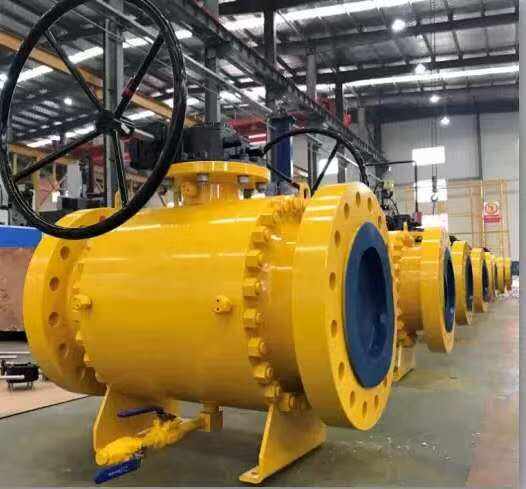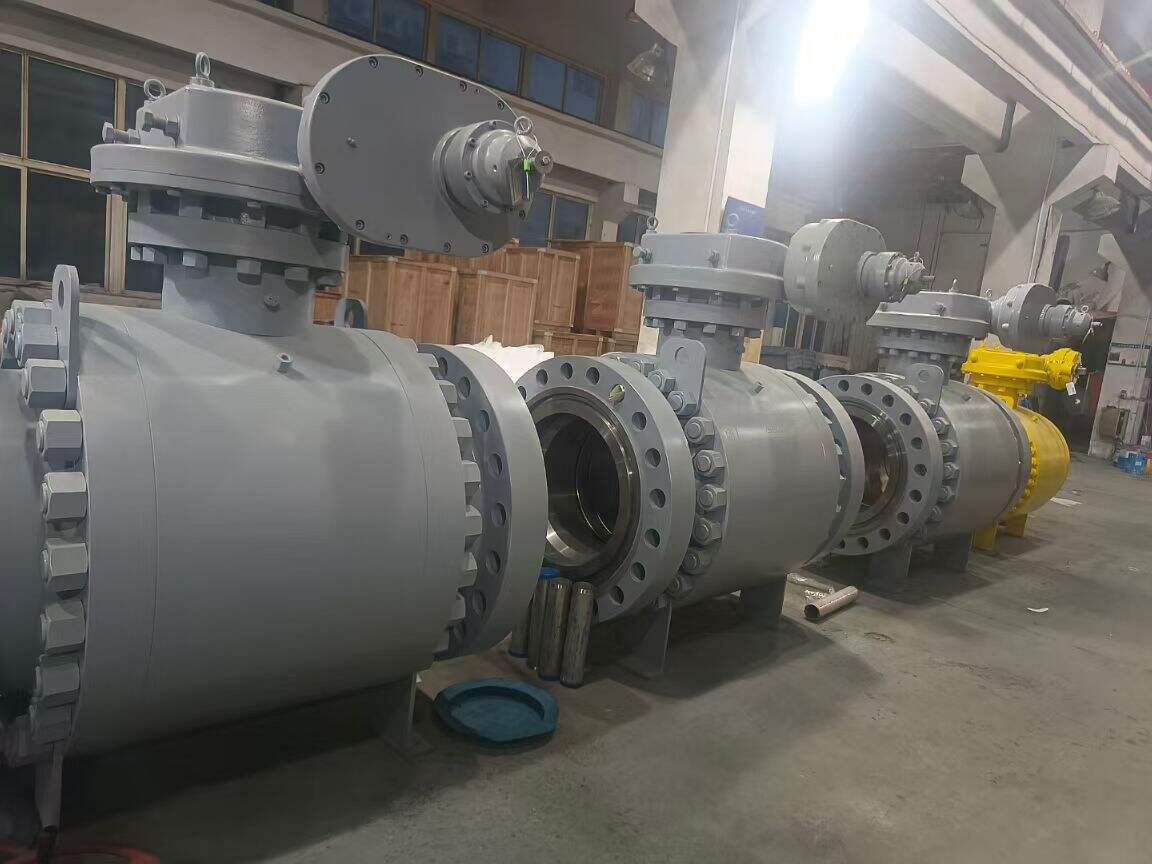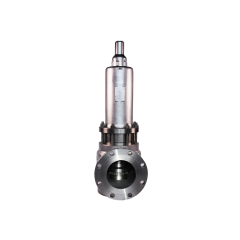dampdrukontlastingsventiel dimensionering
De afmeting van stoomdrukverlagende kleppen is een essentieel ingenieursproces dat zorgt voor de veilige en efficiënte werking van stoomsystemen in industriële omgevingen. Deze gespecialiseerde berekening bepaalt de precieze afmetingen en specificaties die nodig zijn voor drukverlagende kleppen om stoomapparatuur te beschermen tegen potentieel gevaarlijke overdruksituaties. Het proces houdt een zorgvuldige beschouwing van meerdere factoren in, waaronder de maximaal toelaatbare werkdruk, de vereiste doorstromingskapaciteit en de bedrijfsomstandigheden van het systeem. Ingenieurs moeten rekening houden met de stoom eigenschappen, drukval berekeningen, en verschillende veiligheidsmarges bij het bepalen van de juiste kleppen grootte. De grootte-methode volgt doorgaans internationale normen zoals ASME-sectie VIII en API RP 520, die richtlijnen voor een juiste selectie van kleppen en dimensievereisten bevatten. Moderne maattechnieken bevatten geavanceerde rekentools en software die verschillende bedrijfsscenario's kunnen simuleren, waardoor optimale kleppenprestaties onder verschillende omstandigheden worden gewaarborgd. Bij deze berekeningen worden ook rekening gehouden met factoren zoals tegendruk effecten, inlaatdrukdaling en kritieke stroomomstandigheden, die essentieel zijn voor het handhaven van de systeemintegriteit en de bedrijfsveiligheid. Het proces vereist een grondig begrip van thermodynamica, fluïdendynamica en de theorie van drukverlichting om ervoor te zorgen dat de geselecteerde klep het systeem adequaat kan beschermen en tegelijkertijd de operationele efficiëntie kan behouden.


